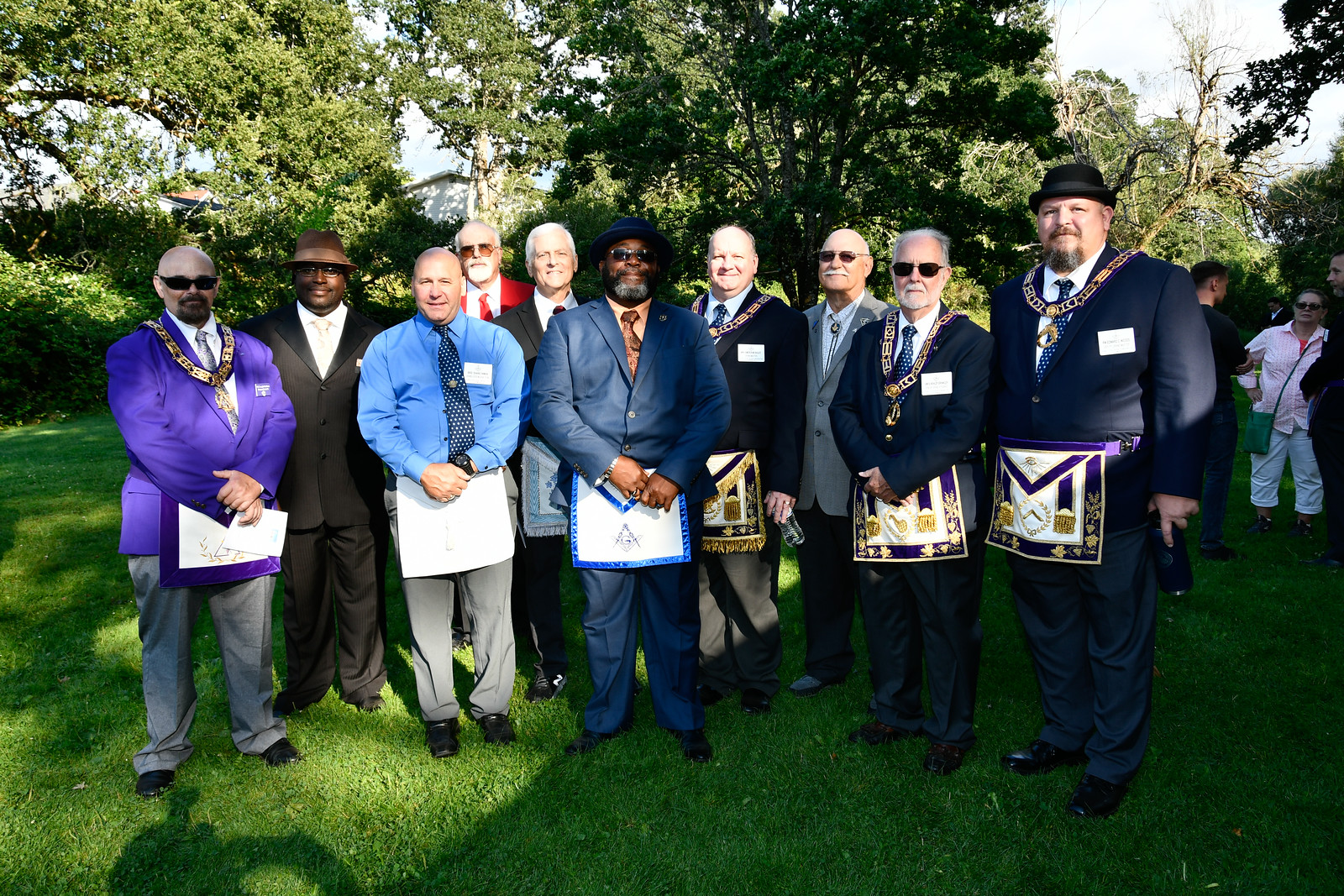Start Now with Simple Instructions on How to Join a Masonic Lodge
Start Now with Simple Instructions on How to Join a Masonic Lodge
Blog Article
Exploring the Mysteries of the Freemason: What You Need to Know
The Freemason, a term commonly shrouded in intrigue and controversy, represents an intricate tapestry of historic reality and modern misconception. Developed in the late 18th century, this secret society was initially rooted in the Knowledge's suitables yet has considering that become identified with conspiracy theory concepts regarding elite control. As we navigate the origins, crucial figures, and the plain contrast in between myth and fact, one should take into consideration exactly how these stories affect modern assumptions of power and secrecy. What may be disclosed via a more detailed assessment of these elements can challenge long-held presumptions concerning the shadows that remain in our society.
Beginnings of the Freemason
The origins of the Freemason are soaked in a blend of historical intrigue and ideological eagerness. Developed in 1776 in Ingolstadt, Bavaria, by Adam Weishaupt, the team was originally created as a secret society focused on promoting Knowledge ideals such as reason, secularism, and the separation of church and state. Weishaupt, a teacher of canon law, looked for to challenge the prevailing authority of the church and state, which he considered as oppressive establishments stifling intellectual and individual flexibility.
The Freemason looked for to hire influential members from numerous societal markets, including national politics, academic community, and the arts, to cultivate a network dedicated to these Knowledge principles. The culture run under a shroud of privacy, employing coded language and routines to secure its participants from mistreatment, especially provided the repressive environment of the moment. Nonetheless, the Freemason encountered significant resistance from both governmental authorities and religious establishments, which checked out the team as a danger to their power.
Secret Numbers and Participants
Who were the essential figures that shaped the Freemason's very early impact and direction? The Bavarian Freemason, established in 1776 by Adam Weishaupt, emerged as an action to the overbearing societal frameworks of the time. how to become a freemason. Weishaupt, a legislation professor, envisioned the organization as a way to promote Enlightenment perfects such as factor, secularism, and equal rights. His initial recruitment initiatives consisted of prominent pundits, such as Baron von Knigge, who played an essential duty in broadening the group's membership and business structure.
One more significant number was Johann Gottlieb Fichte, a prominent philosopher whose concepts on nationalism and education and learning reverberated with the Freemason's goals. Although Fichte was not a formal member, his thoughtful supports influenced the group's ideology. Additionally, figures like the author and philosopher Johann Wolfgang von Goethe were associated with the more comprehensive intellectual motions of the moment, although their direct involvement with the Freemason remains debated.
These crucial figures contributed to the Freemason's early direction, pushing the borders of political and social thought, while their collective initiatives aimed to test established standards and cultivate a climate of modern adjustment in Europe.
Myths vs. Reality
Several misconceptions surround the Freemason, often blending fact with fiction in a way that covers its real nature. The idea that the Freemason proceeds to put in substantial impact over globe events is a misconception - how to become a freemason.
One more common myth is that the Freemason makes up a network of elite individuals manipulating worldwide affairs. Actually, lots of conspiracy concepts overemphasize the team's relevance, connecting unfounded intentions to social fads and occasions. This has led to an oversimplified view of complex problems.

Modern Analyses
Contemporary interpretations of the Freemason commonly mirror broader societal anxieties and a fascination with secrecy visit here and power. This modern-day lens regularly associates the Freemason with conspiracy theories that suggest a surprise elite Check Out Your URL manages globe events, manipulating federal governments and economic climates for their own gain. Such stories touch right into a deep-rooted wonder about of authority, particularly in times of crisis or social turmoil.

In addition, some contemporary interpretations frame the Freemason as an allegory for the intricacies of globalization and the interconnectedness of influential people and companies. This perspective urges a critical examination of how power characteristics run in today's globe, highlighting the equilibrium between openness and privacy in governance and corporate methods.
Social Influence and Legacy
Influenced by centuries of intrigue, the social influence and tradition of the Freemason expand much past its historic origins. This secret society, developed in the late 18th century, has actually permeated various elements of pop culture, from literature and film to music and art. The concept of the Freemason has developed right into an icon of conspiracy theory theories, typically standing for a regarded hidden power adjusting international occasions.
In literature, writers like Dan Brown have actually woven the Freemason into detailed stories, fascinating readers with styles of secrecy and power. Movies such as "National Treasure" and "The Da Vinci Code" better perpetuate the attraction of the society, blending truth with fiction to create appealing stories.
The Freemason's influence also expands into songs, with artists referencing the organization to evoke themes of rebellion and social review. This representation has actually contributed to an attraction with the concept of private teams managing the levers of power, mirroring social stress and anxieties about authority and openness.
Ultimately, the Freemason's tradition is a complex tapestry of myth and fact, shaping understandings of privacy and control in contemporary discourse. Its long-lasting visibility in culture emphasizes you can look here humankind's seasonal mission for comprehending covert facts.
Final Thought
The exploration of the Freemason discloses a complex interaction between historical realities and modern-day myth-making. Founded in the Enlightenment period, this culture aimed to challenge overbearing structures, yet its legacy has been overshadowed by conspiracy theories that recommend elite manipulation. Comprehending the distinctions in between the initial suitables and modern interpretations is essential for comprehending the enduring fascination with the Freemason and its significant influence on social narratives bordering power and secrecy in culture.
Report this page